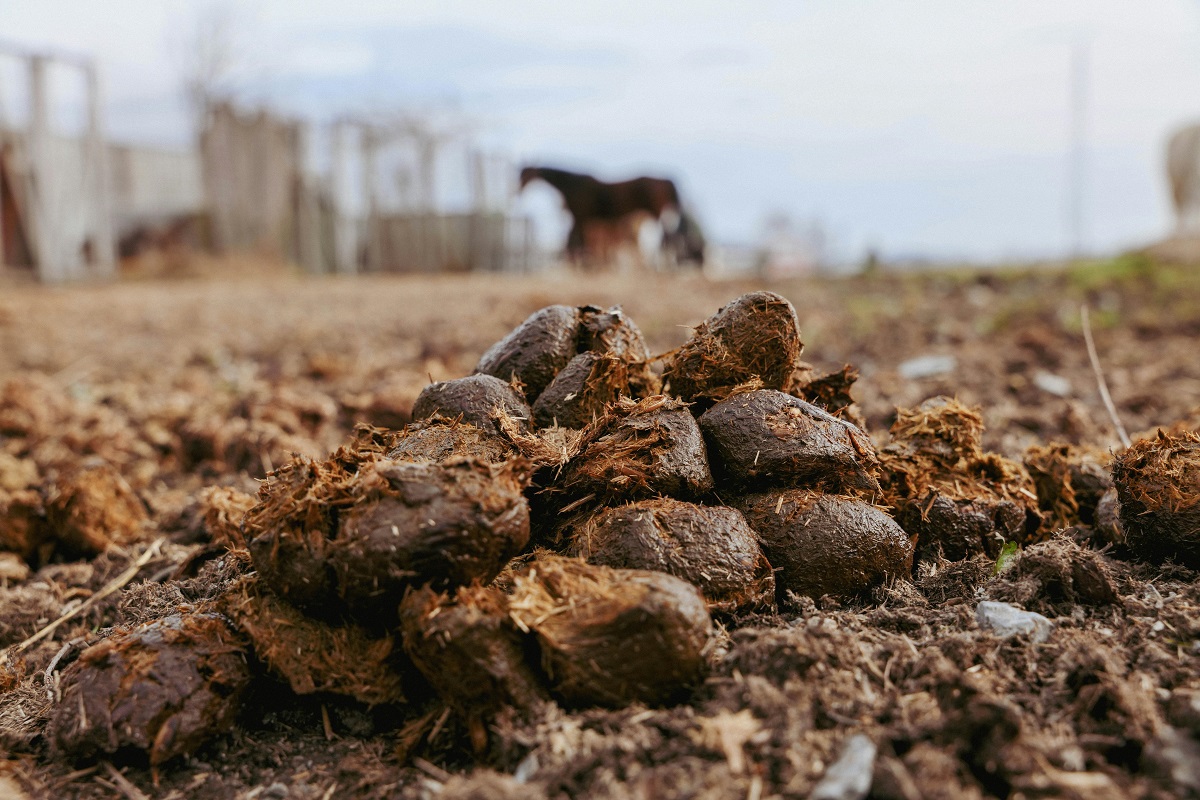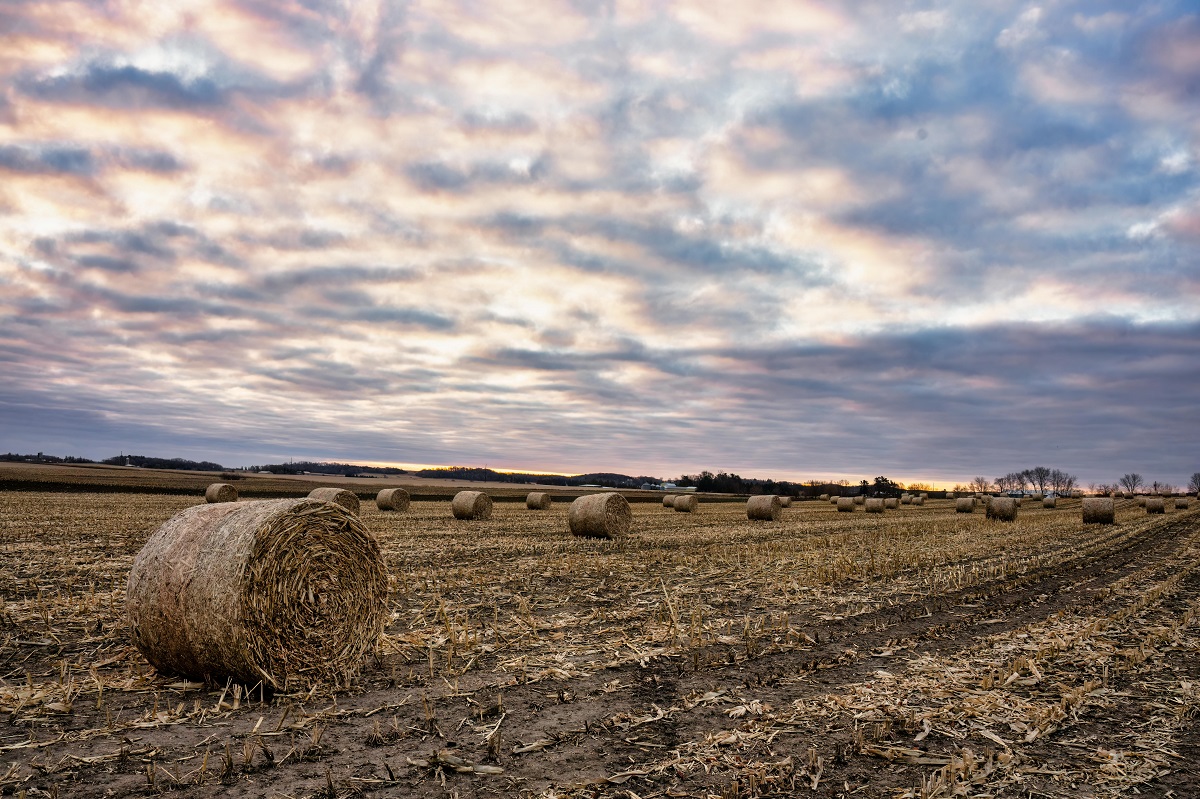Revolutionizing Agriculture with Bio-Fertilizers
Biogas digestate is a nutrient-rich byproduct of anaerobic digestion that offers a sustainable alternative to chemical fertilizers, improving soil health while reducing environmental impact.
The Digestate Advantage
Digestate is the residual material left after the anaerobic digestion of organic matter to produce biogas. This valuable byproduct contains essential plant nutrients including nitrogen, phosphorus, potassium, and micronutrients, making it an excellent organic fertilizer.
Unlike chemical fertilizers, digestate improves soil structure, increases water retention capacity, and enhances microbial activity. It also helps in carbon sequestration, reducing the carbon footprint of agricultural practices.
Our advanced processing techniques transform raw digestate into easy-to-apply, nutrient-balanced fertilizers that meet the specific needs of different crops and soil types.



